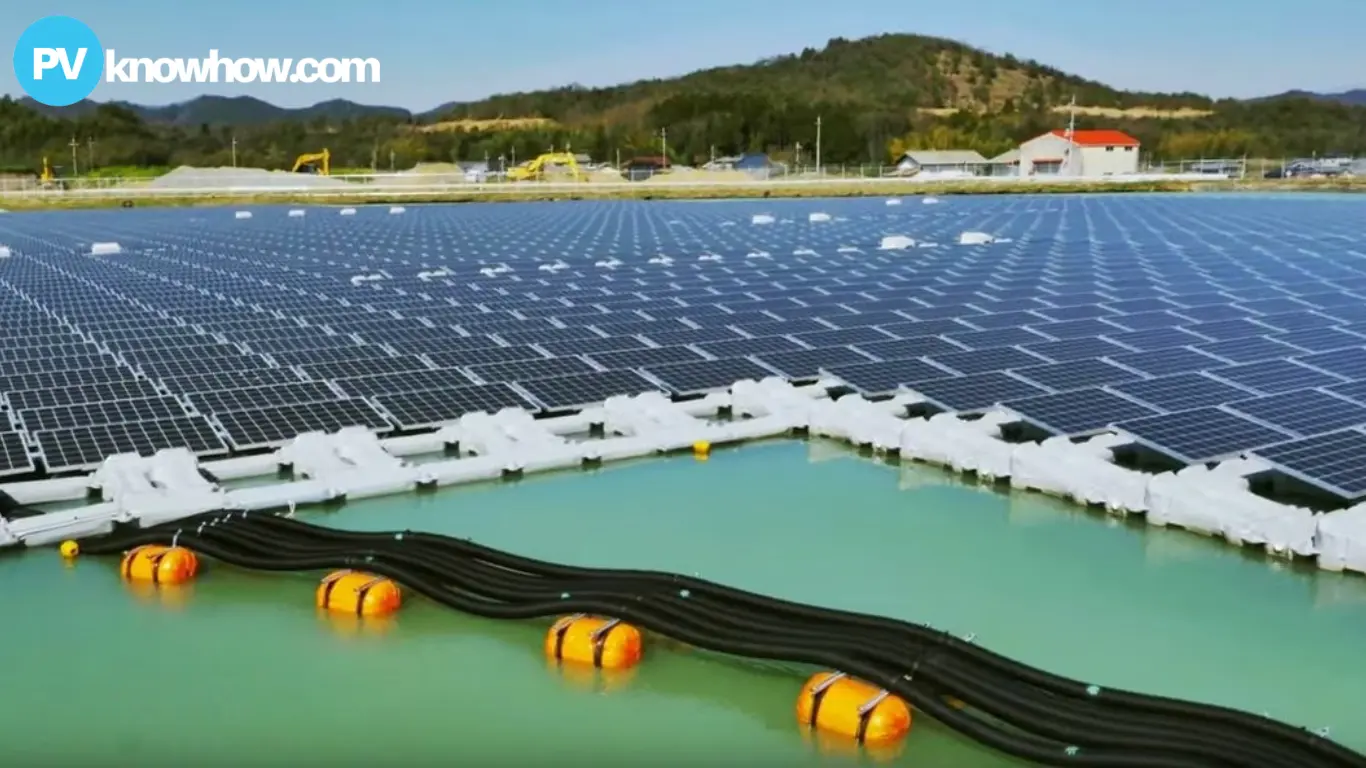The Philippines has made a major advancement in its renewable energy efforts with Blueleaf Energy Philippines' announcement of a $1.5 billion investment in an innovative floating solar power facility in Laguna. This ambitious project stands as one of the largest investments in the country's renewable energy sector and sets a new standard for sustainable energy production in Southeast Asia.
A New Dawn for Renewable Energy
The floating solar power investment led by Blueleaf Energy, a subsidiary of Macquarie Capital, aims to harness the untapped potential of water bodies in Laguna for solar energy generation. The project, known as NKS Solar One, is a collaborative effort between Blueleaf Energy, NKS Energy Utilities (a subsidiary of Nayaki Energy), and SunAsia Energy. Together, these companies are set to revolutionize the renewable energy landscape in the Philippines.

Floating Solar Power
NKS Solar One is designed as a 1.5-gigawatt (GW) floating solar facility, with its first phase comprising 250 megawatts (MW) to be constructed on the Caliraya and Lumot lakes in Laguna. This will be the first utility-scale floating solar project in the province and the largest of its kind in the country. The project is expected to generate enough clean energy to power thousands of homes and businesses, significantly reducing the Philippines' reliance on fossil fuels.
Financing the Future of Energy
The $1.5 billion investment in NKS Solar One is supported by a combination of equity and long-term bank loans, providing a strong financial foundation for this ambitious venture. Chris Chua, President of Blueleaf Energy, emphasized the project's potential to accelerate the Philippines' transition to net-zero emissions by integrating cutting-edge renewable energy technologies.
"This investment is not just about generating power; it's about setting a new standard for sustainable energy in the Philippines," Chua stated. "Floating solar power is a game changer offering multiple benefits such as reduced land use, improved photovoltaic efficiency through water cooling, and the preservation of terrestrial landscapes for other productive uses."
The Philippines with its abundant water resources and high solar irradiation is ideally suited for floating solar power projects. The Department of Energy has identified approximately 18,000 square kilometers of inland water bodies that could be developed for floating solar with the potential to generate up to 20,000 MW of electricity. This makes the country one of the most promising markets for floating solar power in Asia.
The floating solar power facility planned for Laguna is not the first of its kind in the Philippines, but it is certainly the most ambitious. The project will be integrated with existing hydroelectric infrastructure, thus creating a synergy between solar and hydroelectric power. This hybrid approach not only maximizes energy production but also provides a reliable source of electricity during peak demand periods or emergencies.
Why Floating Solar Power Matters
Floating solar power plants offer numerous advantages over traditional land-based solar installations. They significantly reduce the need for land which is especially valuable in densely populated areas or regions with limited available land. Additionally, the cooling effect of water on solar panels can increase their efficiency leading to higher energy output. Floating solar installations also help reduce water evaporation from reservoirs contributing to water conservation efforts.
In the case of NKS Solar One, the floating solar power plant will complement the existing hydroelectric facilities, ensuring a steady supply of electricity throughout the day. This integration of renewable energy sources demonstrates the potential for innovative energy solutions that can be replicated in other parts of the world.
Blueleaf Energy’s investment in floating solar power is a significant step forward for the Philippines as it strives to meet its renewable energy targets. The project aligns with the government’s goal of increasing the share of renewables in the country’s energy mix and reducing greenhouse gas emissions.
The NKS Solar One project is scheduled to begin construction in the last quarter of 2024 with commercial operations expected to start in early 2026. As the project progresses, it will serve as a model for future renewable energy initiatives in the Philippines and beyond.
In conclusion, the $1.5 billion floating solar power investment by Blueleaf Energy marks a pivotal moment in the Philippines' energy transition. It highlights the country's commitment to sustainable development and sets the stage for a cleaner greener future. As the world continues to grapple with the challenges of climate change, projects like NKS Solar One offer a glimpse of the innovative solutions needed to power our planet sustainably.
